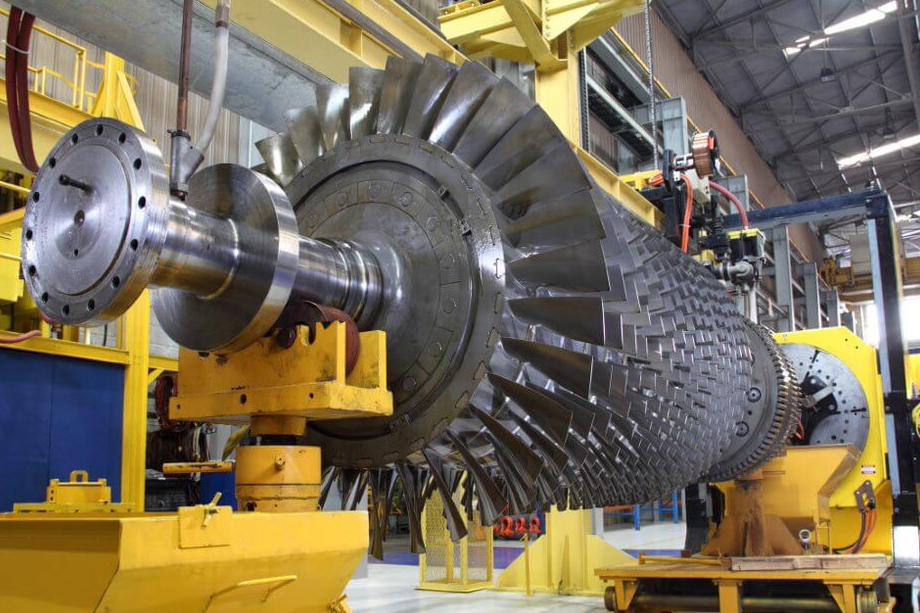What challenges are associated with post-processing 3D printed parts?
What Challenges Are Associated with Post-Processing 3D Printed Parts?
Geometric Complexity and Inaccessibility
Many 3D printed parts—especially those made via Powder Bed Fusion or Multi-Material Jetting—feature internal channels, undercuts, and lattice structures. These complex geometries often restrict access during CNC machining, polishing, or coating, making it difficult to achieve uniform post-processing results.
High Surface Roughness and Inconsistent As-Printed Quality
Additive manufacturing processes typically produce surfaces with Ra values between 5–20 µm, depending on material and technology. Parts printed in Tool Steel H13 or Stainless Steel 316L require significant post-processing—such as polishing or electropolishing—to meet surface and aesthetic specifications.
Residual Stress and Internal Porosity
Parts made from high-strength alloys like Inconel 718 or Ti-6Al-4V often contain residual stress and micro-voids due to rapid solidification. Post-processing via heat treatment or Hot Isostatic Pressing (HIP) is required to relieve stress and increase mechanical reliability, but incorrect parameters can lead to distortion or over-aging.
Material Sensitivity to Post-Processing Methods
Not all materials respond equally to the same treatment. For instance, Ceramic 3D Printing components can fracture during aggressive machining, and some plastics degrade during high-temperature post-curing or chemical smoothing. Process customization is required to avoid damaging fragile or chemically sensitive materials.
Increased Time, Cost, and Complexity
Post-processing often accounts for 30–70% of the total production time and cost. Multiple steps—such as support removal, machining, cleaning, and surface treatment—require additional tooling, inspection, and manual intervention. This can delay lead times and affect throughput, especially in medical or aerospace industries where precision and certification are critical.
Recommended Services to Overcome Post-Processing Challenges
Neway offers integrated post-processing tailored for 3D printed parts:
CNC Machining: For precise finishing of complex metal geometries
Heat Treatment: To relieve residual stress and optimize mechanical strength
Hot Isostatic Pressing (HIP): For full-density consolidation
Polishing and Electropolishing: For low-roughness surfaces and corrosion protection
Surface Treatment: For wear, heat, or chemical resistance



